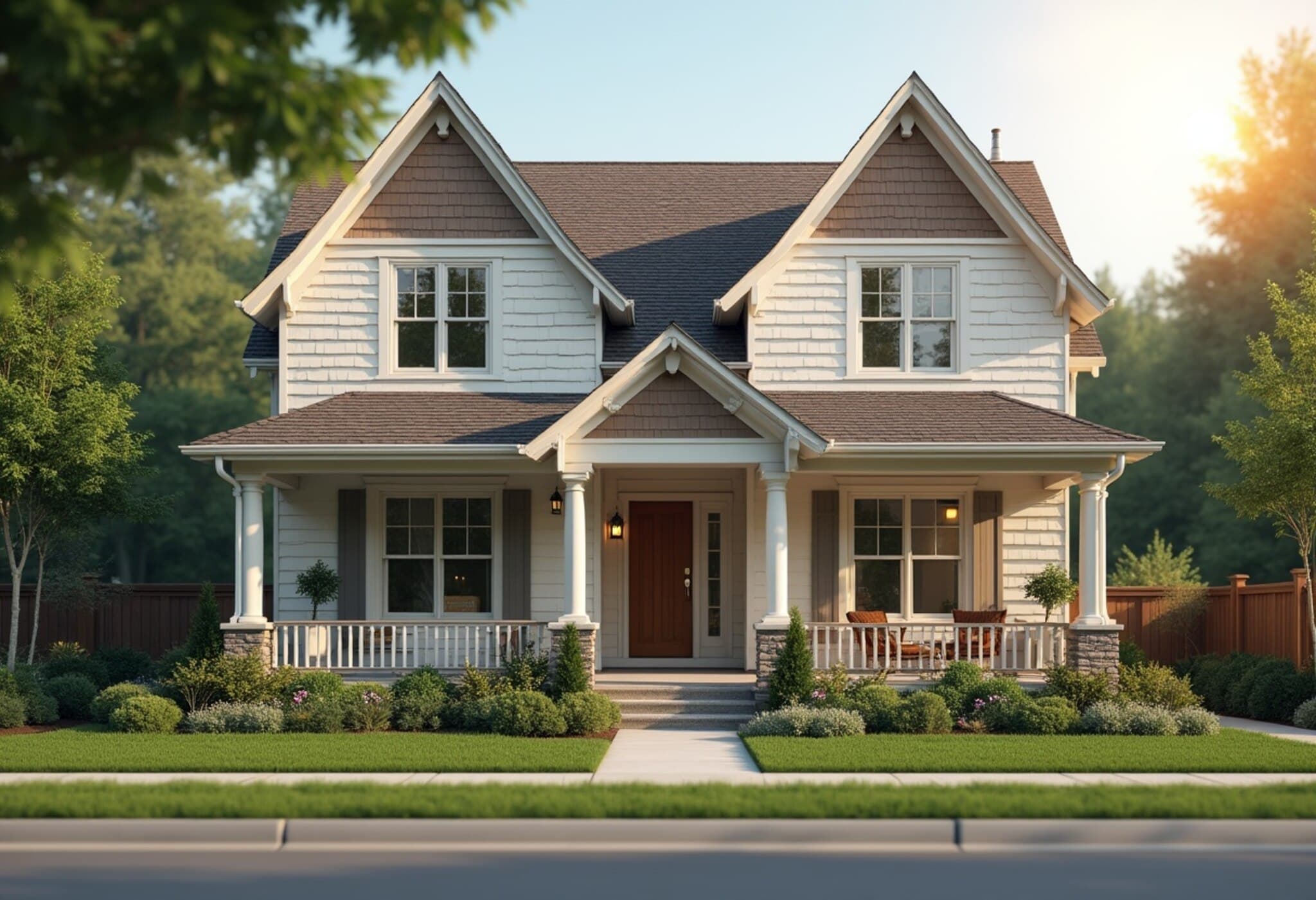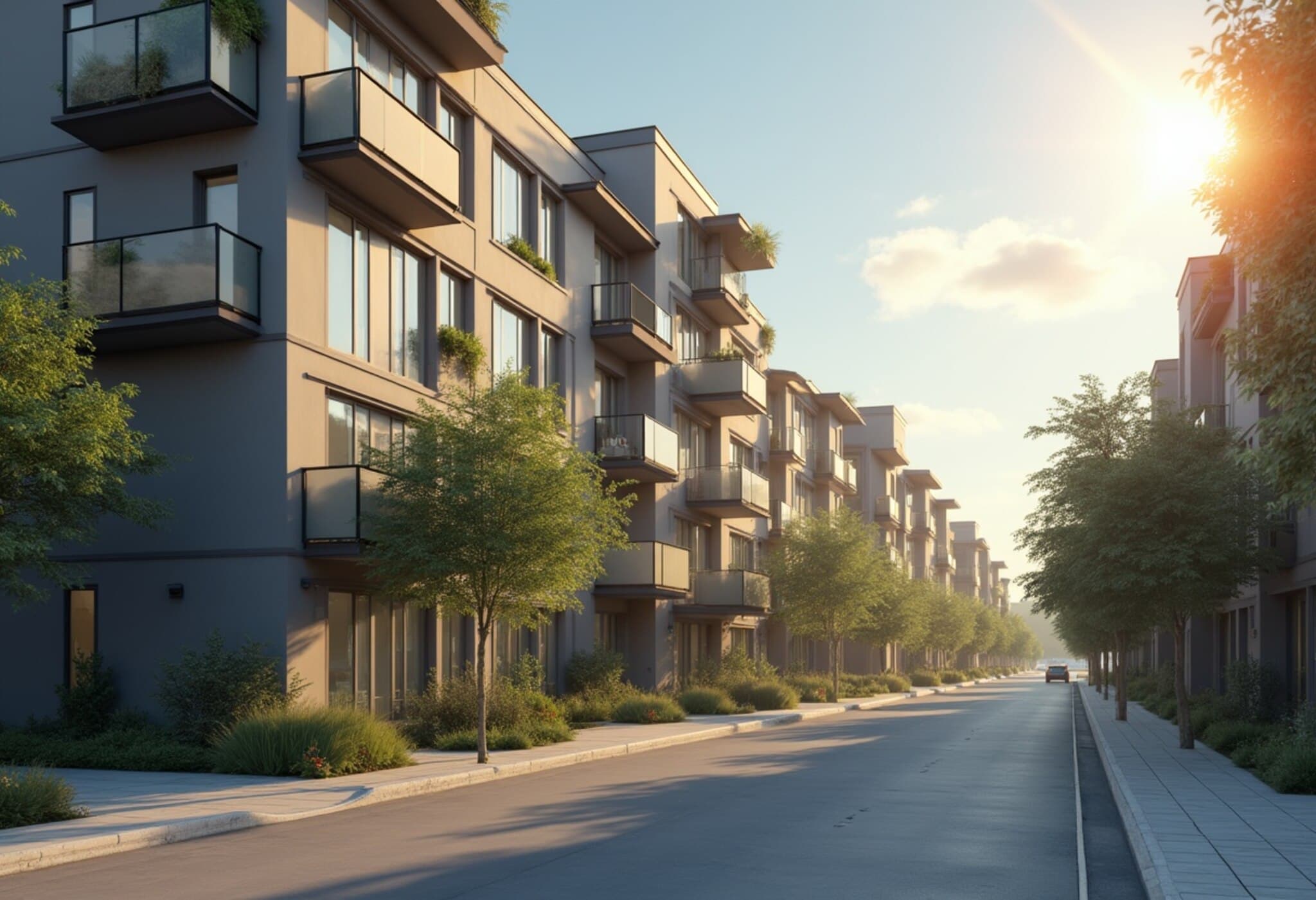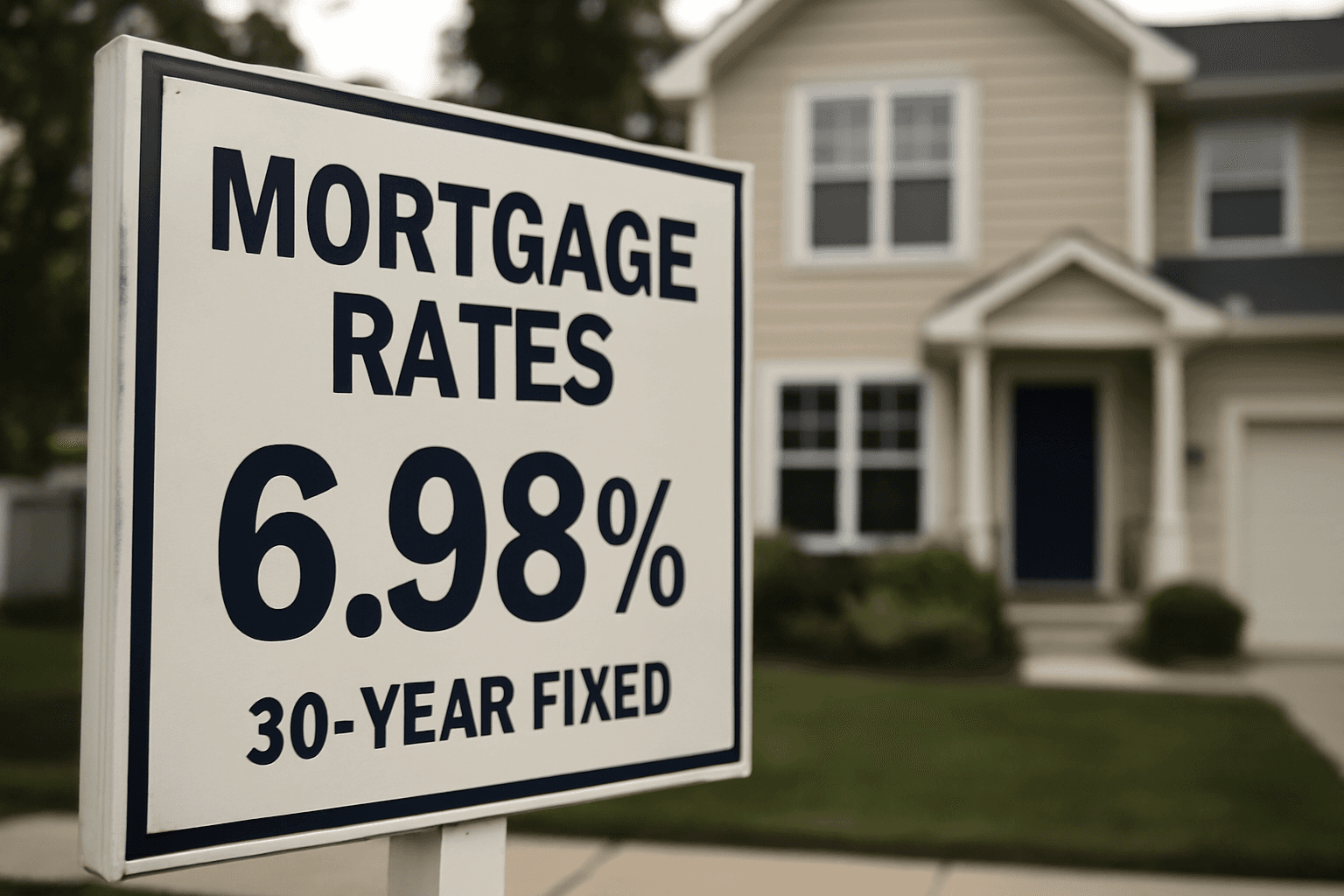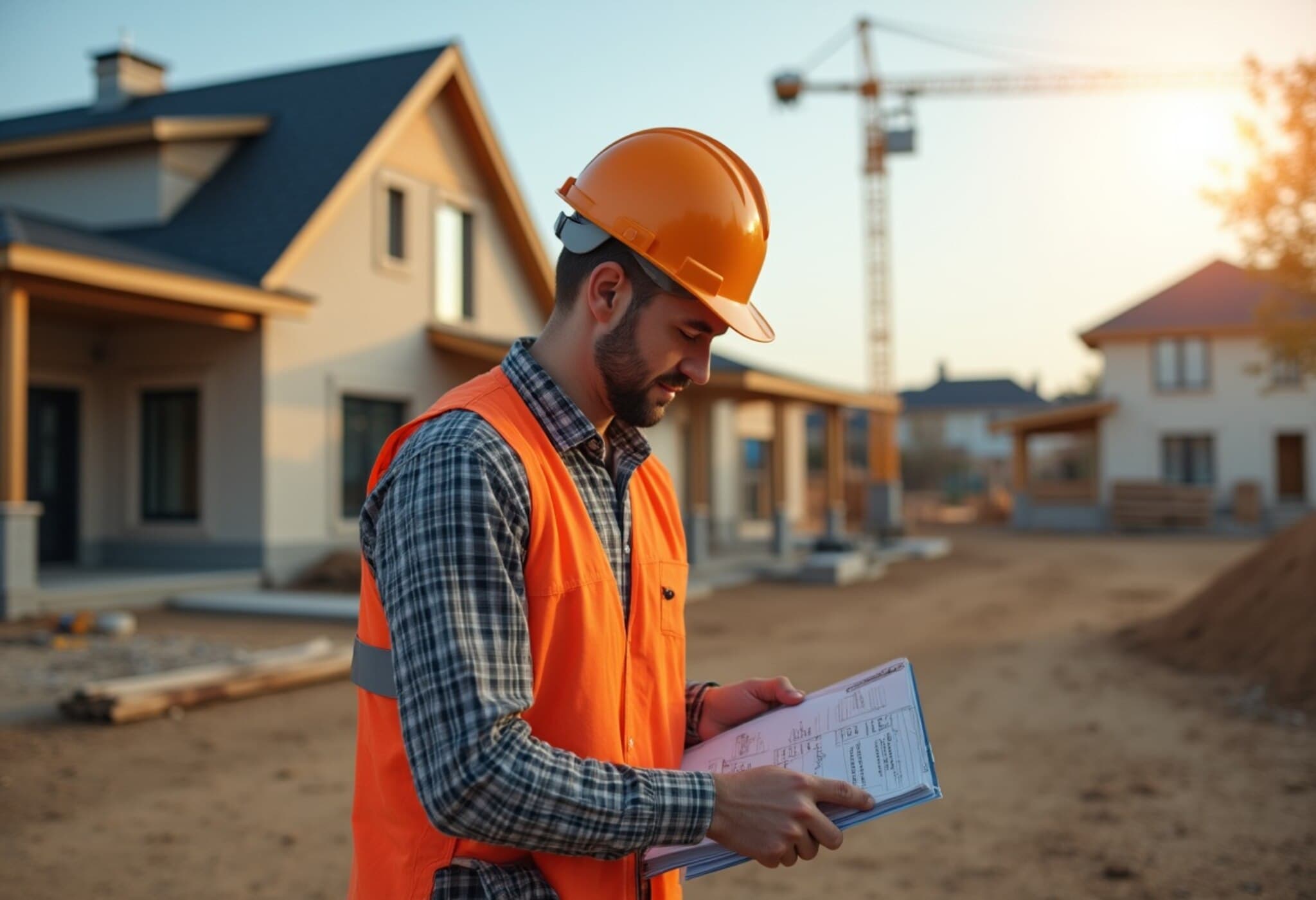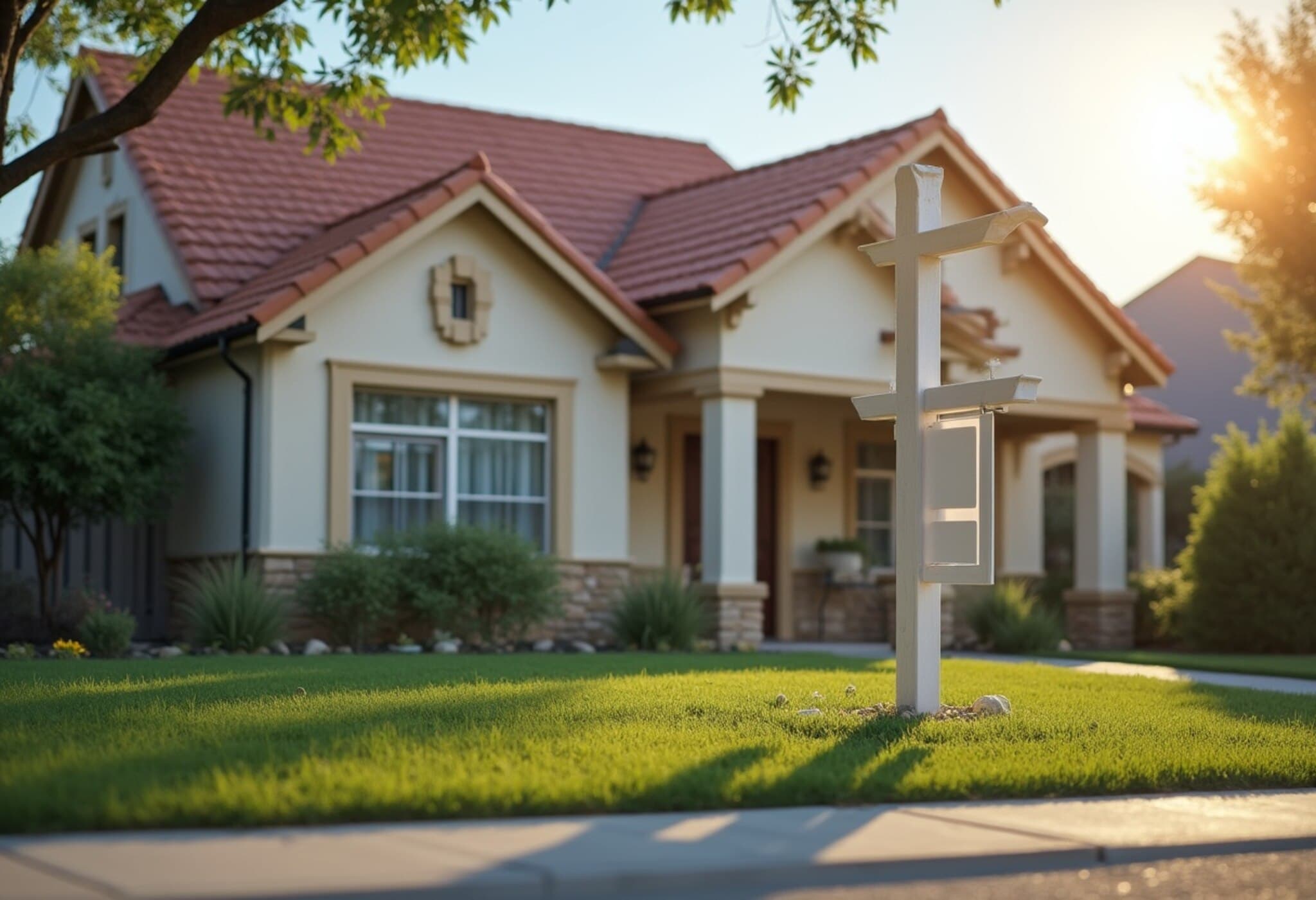June Housing Market Stalls While Prices Reach New Heights
In June 2025, the U.S. housing market painted a picture of resilience on the surface but revealed underlying strains caused by persistently high mortgage rates and economic uncertainty. According to fresh data from the National Association of Realtors (NAR), sales of previously owned homes fell by 2.7% from May, landing at a seasonally adjusted annual rate of 3.93 million units. While this drop was steeper than analysts anticipated, total sales held steady year-over-year compared to June 2024.
The housing slowdown mirrors trends in key metropolitan areas such as Southern California, where elevated financing costs have cooled what was once a sizzling market. Eric Thayer’s Bloomberg photography captured the subdued atmosphere on the streets of Los Angeles, underscoring how affordability pressures weigh heavily on potential buyers.
Mortgage Rates: The Primary Brake on Recovery
The data reflects housing closings, typically sealed about a month or two prior, when the average 30-year fixed mortgage rate fluctuated above 7%, seldom dipping below 6.8%, per Mortgage News Daily. Lawrence Yun, NAR’s chief economist, sharply underscored the importance of these rates, saying, "High mortgage rates are causing home sales to remain stuck at cyclical lows." He projected that a reduction to 6% could unlock an additional 160,000 renters moving into homeownership, fueled by first-time buyers and increased turnover from existing homeowners.
Despite these hopes, mortgage rates remained stubbornly elevated around 6.77% over recent months amid broader economic worries, from inflation threats to geopolitical uncertainties. This environment has restrained buyer enthusiasm, especially among budget-conscious and first-time purchasers.
Inventory Inches Up, But Market Still Tight
Meanwhile, housing supply is gradually expanding, with 1.53 million homes available at June's end — a 15.9% increase compared to last year. This equates to a 4.7-month supply at the current sales pace, still below the balanced six-month threshold that signals equilibrium between buyers and sellers. This scarcity indicates that demand continues to outstrip availability, perpetuating upward pricing pressures.
Record-High Prices Amid Persistent Undersupply
The median price for homes sold in June hit a fresh high of $435,300, climbing 2% year-over-year and marking the 24th consecutive month of rising prices for the month of June. Yun attributes the relentless price surge to a prolonged undersupply stretching back several years, combined with construction that has consistently failed to keep pace with population growth.
This imbalance disproportionately affects first-time buyers, a group that historically constitutes around 40% of purchasers but currently only accounts for 30%. At the same time, the average homeowner’s net wealth has ballooned by about $140,900 over five years, a factor that may explain why luxury properties are thriving while lower-priced segments falter.
Segmented Market Dynamics: Luxury vs. Affordable Homes
- Homes priced below $100,000 saw a 5% annual decline in sales.
- Moderately priced homes ($100,000–$250,000) experienced a 5% sales increase.
- Luxury homes priced above $1 million surged by 14% in sales.
Interestingly, homes lingered longer on the market, averaging 27 days compared to 22 days a year ago. However, high-end homes are moving faster than properties under $500,000, indicating that wealthier buyers remain active and perhaps less price-sensitive.
Buyer Profiles and Market Movements
First-time buyers’ diminished participation underscores hurdles such as affordability and financing challenges. Additionally, the share of all-cash purchases remains elevated at 29%, above the pre-COVID level of around 20%. Cash transactions often reflect investors or wealthy buyers seizing opportunities in a competitive market.
The average home still receives multiple offers, though this has dipped slightly to 2.4 offers per listing from 2.5 last month and 2.9 a year ago, suggesting a modest cooling in bidding wars.
Expert Insight: What Lies Ahead for Buyers and Sellers?
From a policy perspective, the current environment raises critical questions for stakeholders. Should there be renewed government incentives targeting first-time buyers to bridge the affordability gap? With construction lagging significantly behind demand, is there a need to accelerate zoning reforms and infrastructure investment to boost housing supply? And as mortgage rates hover near seven percent, what are the implications for long-term interest rate policy and economic growth?
Economists and financial advisors encourage potential buyers to keep a keen eye on mortgage trends. Even modest reductions could catalyze renewed market activity, especially among renters seeking to own. Conversely, sellers may need to temper expectations as buyer competition softens in certain segments.
Conclusion
The U.S. housing market entered summer 2025 at a crossroads — prices continue to climb to historic highs, yet sales remain subdued under the weight of elevated borrowing costs and limited affordability. While the luxury market flourishes, entry-level buyers face mounting barriers, a dynamic that could exacerbate socioeconomic divides. Policymakers, industry leaders, and consumers alike must grapple with these tensions to foster a more balanced, accessible housing market.
Editor’s Note
As we monitor these developments, it becomes apparent that housing affordability remains a stubborn challenge entwined with broader economic policy and demographic shifts. What innovative solutions could best alleviate supply constraints and open pathways to homeownership? How might fluctuations in interest rates reshape the market landscape? These are the pressing questions that will define the housing narrative in the coming years.

